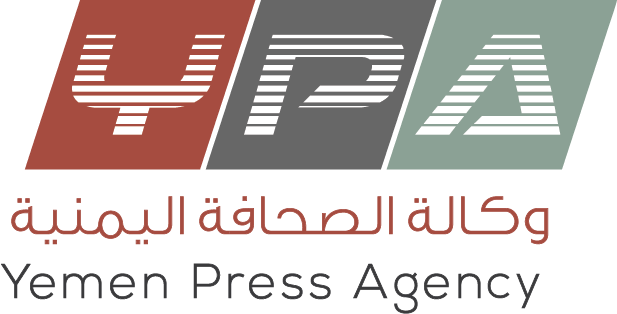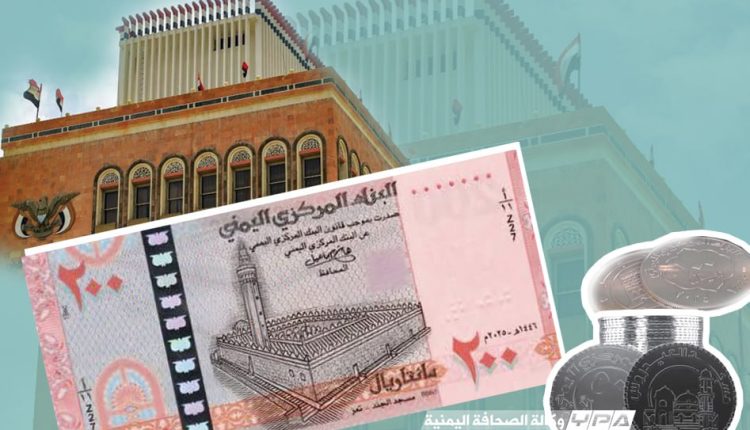SANAA, July 16 (YPA) – At a time when Yemeni southern and eastern regions under the Saudi-led coalition’s control are experiencing a state of comprehensive economic collapse and an unprecedented deterioration in the currency exchange rate, Sanaa stands out as a successful model for managing the economy, maintaining financial and monetary stability, and restoring the monetary system through steady and measured steps.
Currency and exchange rate stability
Since the beginning of the coalition’s war on Yemen in March 2025, Sanaa has managed to achieve tangible monetary stability despite the war and blockade.
It has maintained the Yemeni riyal exchange rate in areas under its control at less than 600 riyals to the dollar, compared to the currency’s collapse in Aden, which exceeded 2,000 riyals.
This stability is attributed to two main factors:
- Banning the circulation of unsecured currency: Sanaa refused to use the new illegal currency printed without insurance cover by the pro-coalition government, which curbed inflation and preserved the value of the local currency in areas under Sanaa’s control.
- Control of monetary policy: The Sanaa government imposed strict controls on unlicensed exchange offices and prohibited currency speculation, thus maintaining stability in the foreign exchange market.
Currency damage is one of the most prominent challenges
Despite the successes achieved by the Sanaa government in maintaining financial and monetary stability in the areas under its control, the problem of damaged banknotes remained one of the most prominent challenges it faced.
This damage was not merely a side effect of the state of the economy; rather, it was one of the coalition’s bets on weakening the monetary system in areas under the control of the Sanaa government.
By preventing the printing of new banknotes for Sanaa, the coalition was betting that years of continuous use would lead to the erosion and complete destruction of the currency, thus forcing the Sanaa government to accept the currency printed by the pro-coalition government and creating an economic reality similar to the one existing in the areas controlled by the coalition.
Planned response
Sanaa’s response was not random. Rather, it adopted a gradual plan to bridge the monetary gap without increasing the financial mass.
It began by issuing a 100-riyal coin in March 2024, given its longer lifespan compared to paper currency, which reduces resources, enhances the stability of daily circulation, and solves the problem of damaged currency.
Later, a 50-riyal coin was issued, complementing the monetary balance in small transactions and providing a practical alternative to worn-out banknotes.
The new 200-riyal banknote will enter circulation tomorrow, Wednesday, a deliberate step to replace damaged banknotes without impacting inflation or the exchange rate, reflecting disciplined financial management of the issuance.
Why didn’t these steps lead to collapse or inflation?
This is because Sanaa did not inject new money into the markets, but rather replaced damaged currency, thus preserving the monetary base without increasing it.
This decision demonstrates a professional monetary management that deals with realistic challenges with professionalism.
A powerful message
These steps reflect not only a technical commitment to managing the currency, but also a strong political and economic message that Sanaa is capable of managing its economic battle with skill and planning, and has not fallen into the trap of betting on monetary erosion.
What is happening is not simply a matter of printing currency… but rather a strategic response to a silent economic war.
Sanaa has shown that it manages its currency realistically and that it has a plan to confront the challenges that have targeted one of the pillars of internal stability (the national currency).
YPA


